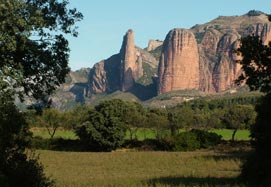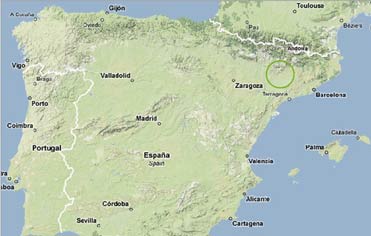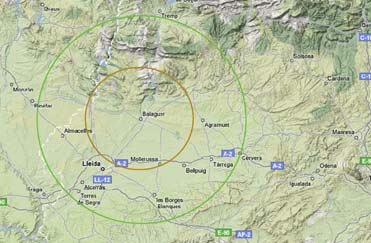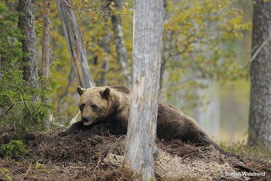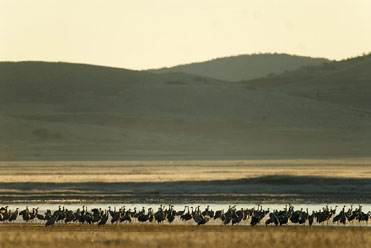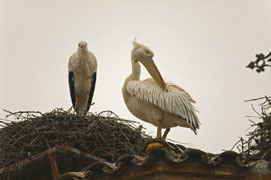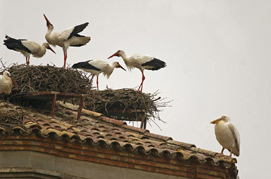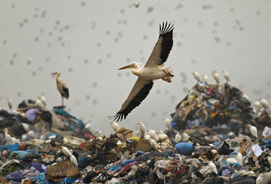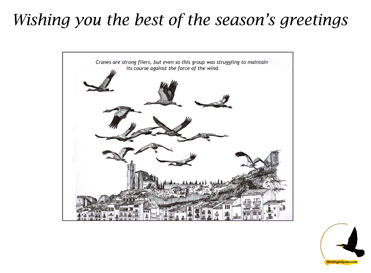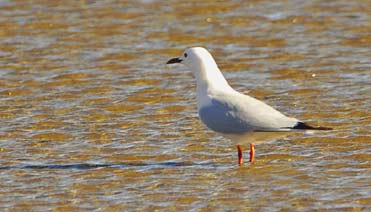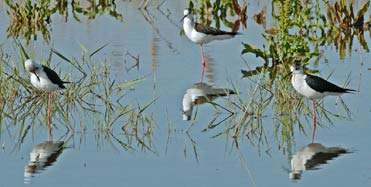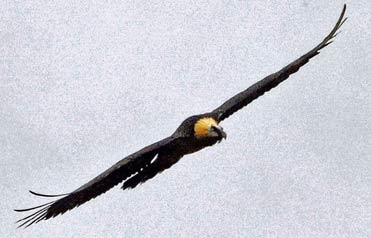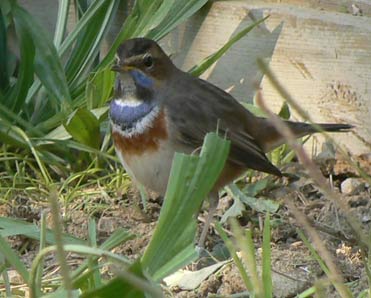Rivers of life
The Portuguese nature photographer and remote friend Joao Cosme has just published a book of his photos of the wildlife and landscapes of his native Portugal. “Rios de vida” (Rivers of Life) is the title, as it is a visual account of the rivers that run through his native land, from the hills and mountains down to the Atlantic Ocean. Those rivers are so often the life blood to the surrounding land and to biodiversity itself. Joao’s camera has skillfully captured a great variety of these rivers’ natural elements, from butterflies, dragonflies, reptiles and amphibians to birds, mammals, trees and landscapes.
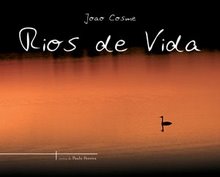
The photos that most caught my attention were the Grey Heron in the corner of a seemingly blank, whitened-out landscape, a flock of Black-tailed Godwits in flight, bathed in sunset red, and the more abstract treescapes.
The accompanying text in both Portuguese and English is brief and concise and plays a secondary role to the images.
You can see more details about “Rios de Vida” on Joao’s blog:
http://www.cinclusnatura.blogspot.com/
I was particularly pleased, although not surprised, that one of Joao’s stunning images of the spectacular Bonelli’s Eagle was chosen for double-spread treatment. Those who possess a copy of the Montsec Birding Routes Map can also see an equally stunning image of the Bonelli’s Eagle, also taken by Joao.

